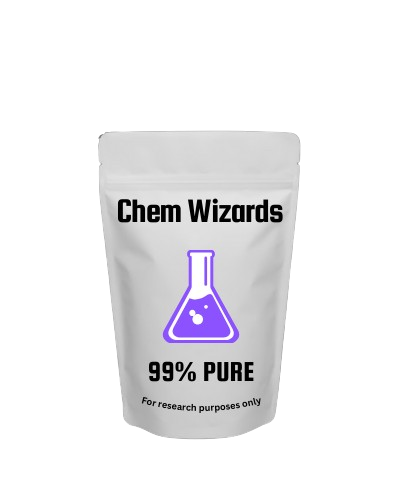

Buy Tropacocaine HCl
$2,061.35 – $28,259.12Price range: $2,061.35 through $28,259.12
Tropacocaine Hydrochloride is a crystalline tropane alkaloid research chemical, structurally related to cocaine but with distinct chemical and pharmacological features. Primarily used in neuropharmacological and forensic studies.
Important Notice:
European customers should complete their purchases in USD (not CAD). After placing your order and before manual payment, the currency will be converted to Euros.
Canadian customers should use CAD, and American customers should use USD.
Tropacocaine HCl Product Description
Introduction
Tropacocaine hydrochloride (Tropacocaine HCl) is a chemical compound belonging to the tropane alkaloid class. It is the hydrochloride salt form of tropacocaine, a tropane derivative structurally related to cocaine but lacking certain functional groups found in cocaine. Tropacocaine HCl commonly exists as a crystalline solid and is primarily utilized in research applications, including forensic and pharmacological studies. It has been identified as an impurity in illicit cocaine preparations and as a subject of chemical research related to tropane alkaloids. It is not intended for human use but is valuable in laboratory research.
Chemical Properties and Specifications
Structural and Molecular Characteristics
-
Chemical Formula: C15H20ClNO2
-
Molecular Weight: 281.78 g/mol
-
CAS Number: 637-23-0
-
IUPAC Name: (3-exo)-8-methyl-8-azabicyclo[3.2.1]octan-3-ol, 3-benzoate, monohydrochloride
-
Synonyms: Pseudotropin, Tropacocaine hydrochloride, Tropacaine hydrochloride, O-benzoyltropine hydrochloride, Pseudotropine benzoate hydrochloride
Physical Properties and Purity Standards
-
Appearance: Crystalline solid, white to off-white powder
-
Purity: Typically ≥99% purity for laboratory standards
-
Solubility: Soluble in phosphate-buffered saline (PBS) at pH 7.2 at 10 mg/ml; limited water solubility (~1.055 g/L at 15°C)
-
Storage Recommendations: Store at -20°C or colder (-80°C preferred for long term), protecting from repeated freeze-thaw cycles to maintain stability. Storage under inert atmosphere or desiccation is recommended to avoid degradation.
Pharmacological Profile and Mechanism of Action
Proposed Mechanism of Action
Tropacocaine shares the tropane core typical of tropane alkaloids, which confers a rigid three-dimensional structure essential for binding to neural targets. It contains a benzoate ester at the C-3 position of the tropane ring but lacks the methyl ester group at C-2 that cocaine possesses. This structural difference affects its interaction with monoamine transporters and neural receptors, influencing its local anesthetic and stimulant properties. The absence of the C-2 methyl ester precludes intramolecular hydrogen bonding present in cocaine, altering molecular conformation and pharmacodynamics.
Research Applications
Tropacocaine HCl is notably used in neuropharmacological research to compare effects within the tropane alkaloid class and to study the structure-activity relationship of tropane derivatives. It is also instrumental in forensic science as a marker impurity in cocaine analysis and identification. Its anesthetic and stimulant properties are explored to understand molecular mechanisms and for synthetic analog development.
Comparative Analysis with Related Compounds
Comparison to Cocaine
Tropacocaine shares the 8-methyl-8-azabicyclo[3.2.1]octane core and a benzoate ester functional group with cocaine. The critical difference is the absence of the carbomethoxy (-COOCH3) group at the C-2 position in tropacocaine, which affects molecular behavior and receptor interaction. Unlike cocaine, tropacocaine lacks intramolecular hydrogen bonding that influences cocaine’s pharmacokinetics and binding affinity.
| Feature | Tropacocaine HCl | Cocaine |
|---|---|---|
| Core Structure | 8-azabicyclo[3.2.1]octane | 8-azabicyclo[3.2.1]octane |
| Ester Group at C-3 | Benzoate ester | Benzoate ester |
| Substituent at C-2 | None | Carbomethoxy (-COOCH3) |
| Intramolecular H-Bonding | No | Yes (when protonated) |
| Molecular Formula | C15H20ClNO2 | C17H21NO4 |
| Molecular Weight | 281.78 g/mol | 339.8 g/mol |
Advantages for Research
Tropacocaine serves as a useful comparative tool to cocaine, elucidating how subtle chemical structural differences translate into functional divergences in pharmacological activity. Its simpler structure makes it a valuable compound for studying the tropane skeleton’s influence on neurotransmitter systems without interference by additional ester groups. This enables focused research on the role of specific molecular features in stimulant and local anesthetic effects.
Safety and Handling Guidelines
Laboratory Safety
Handle tropacocaine HCl with appropriate safety measures including gloves, lab coat, and eye protection. Use in a well-ventilated area or fume hood to avoid inhalation or contact exposure. It is for research use only and should be treated as a controlled substance subject to institutional and local regulations for toxic and bioactive chemicals.
Disposal and Environmental Considerations
Dispose of tropacocaine HCl according to institutional hazardous waste protocols. Avoid release into the environment due to potential bioactivity. Treat chemical waste with specific consideration to alkaloid compounds and solvents used in its handling.
Regulatory Status
Tropacocaine HCl is primarily regulated as a research chemical. It is not approved for human consumption or medical use. Some jurisdictions may classify it under controlled substances due to its similarity to cocaine, so compliance with local regulatory frameworks is essential.
Frequently Asked Questions (FAQs)
-
What is tropacocaine hydrochloride used for in research?
Tropacocaine HCl is used for studying the pharmacology of tropane alkaloids, forensic analysis, and structure-activity relationships in stimulant and anesthetic research. -
How does tropacocaine differ chemically from cocaine?
Tropacocaine lacks the C-2 methyl ester group found in cocaine, which changes its molecular interactions and pharmacological profile. -
Is tropacocaine hydrochloride safe for human use?
No, it is intended for research use only and not approved for human consumption. -
How should tropacocaine HCl be stored?
Store in a cool, dry place at -20°C or colder, avoid repeated freeze-thaw cycles, and protect from moisture and light. -
What solvents is tropacocaine hydrochloride soluble in?
It is soluble in phosphate-buffered saline (pH 7.2) and has limited water solubility; solubility may be increased by mild heating and sonication.
Conclusion
Tropacocaine hydrochloride is a key research chemical within the tropane alkaloid family, distinguished chemically from cocaine by the absence of the C-2 methyl ester group. Its crystalline form, well-defined molecular structure, and pharmacological profile make it essential for studies into stimulant mechanisms and forensic applications. Proper handling and regulatory awareness are important due to its bioactive nature and structural relation to controlled substances. Tropacocaine HCl continues to provide valuable insights into the structure-activity relationships of tropane derivatives.
| Quantity |
0.50 grams ,1 gram ,10 grams ,2 grams ,5 grams |
|---|
Related products

Buy Chem-mist 2F-DCK spray 10%
$4,958.27 – $42,186.68Price range: $4,958.27 through $42,186.68
Buy D-MEX DMXE 40mg Pellets
$4,819.01 – $19,296.73Price range: $4,819.01 through $19,296.73
Buy DCK (Deschloroketamine)
$3,164.41 – $96,511.21Price range: $3,164.41 through $96,511.21
Buy DeschloroEtizolam 5 MG Pellets
$1,647.70 – $27,569.71Price range: $1,647.70 through $27,569.71






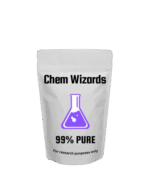

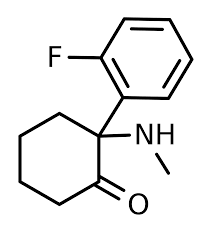
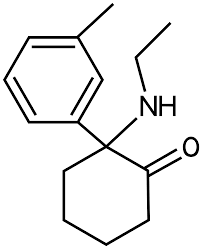
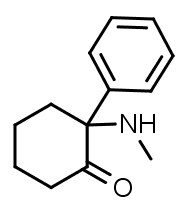


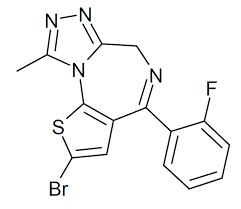
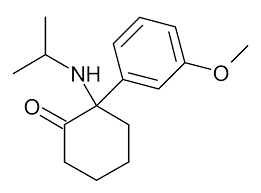
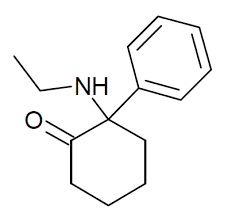
Reviews
There are no reviews yet.